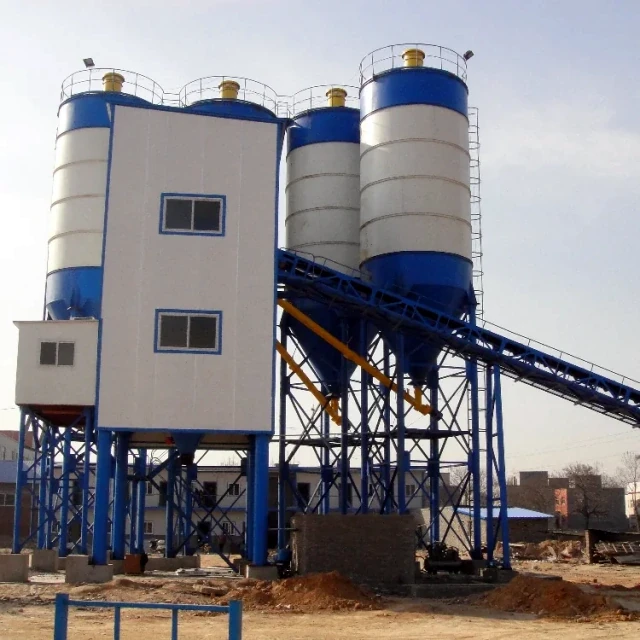Introduction
Cement tanks are the backbone of material storage in construction, yet their longevity hinges on proactive care. This guide delivers field-tested strategies to combat two major threats—air leakage from compromised seals and material caking—that compromise structural integrity and operational safety. By implementing these preventive measures, operators can reduce downtime by up to 60% while maintaining OSHA-compliant storage conditions.
Ensuring Long-Term Cement Tank Integrity
The Critical Role of Sealing Systems in Preventing Air Leakage
Air leaks accelerate cement degradation by introducing moisture—a catalyst for premature hardening. Modern sealing systems combine three defense layers:
- Elastomeric Gaskets: Flexible ethylene-propylene-diene (EPDM) seals that adapt to temperature-induced tank movements
- Magnetic Locking Flanges: Creates uniform pressure distribution across contact surfaces
- Ultrasonic Leak Detectors: Handheld devices that identify even 0.5mm gaps through high-frequency sound waves
Did you know? A 1mm gap in a 10,000-gallon tank can admit enough humid air to harden 200lbs of cement monthly.
Actionable Protocol:
- Monthly visual inspections for seal discoloration (indicates UV damage)
- Quarterly ultrasonic testing before rainy seasons
- Immediate replacement of any seal showing >3% compression loss
Advanced Techniques for Detecting and Resolving Caking
Caking transforms cement into concrete-like masses, requiring dangerous manual removal. Break the cycle with these innovations:
Vibration Mapping
- Install piezoelectric sensors to detect abnormal material adhesion patterns
- Threshold: >15% vibration wave distortion signals early caking
Aerated Cleaning Nozzles
- Rotating nozzles inject controlled bursts of dry air (2-3 psi)
- Prevents particle stratification without water contamination
Case Example: A Texas plant reduced caking-related shutdowns from 8 to 1 annually by combining vibration mapping with weekly 5-minute air purge cycles.
Proactive Maintenance for Operational Efficiency
Material Selection and Application Best Practices
Liner Materials Comparison
| Material | Abrasion Resistance | Cost per sq.ft | Recoating Interval |
|---|---|---|---|
| Polyurethane | 9/10 | $4.20 | 5 years |
| Ceramic-Enhanced | 10/10 | $7.80 | 8+ years |
| Standard Epoxy | 6/10 | $2.90 | 3 years |
Key Insight: Ceramic-enhanced liners show 40% longer service life in high-silica cement environments despite higher upfront costs.
Monitoring Tools and Failure Prediction Indicators
Implement a 3-Tier Warning System:
-
Stage 1 (Alert):
- Temperature spikes >10°F above ambient
- Acoustic emissions exceeding 85dB during filling
-
Stage 2 (Action Required):
- Wall strain gauges detecting >0.2% deformation
- Infrared imaging showing hot spots >120°F
-
Stage 3 (Emergency Shutdown):
- Ultrasonic thickness readings <90% of original specs
- Visible cracks propagating >12 inches
Pro Tip: Integrate these sensors with Garlway’s winch-controlled inspection platforms for safer internal assessments.
Conclusion: Building a Culture of Prevention
Transform maintenance from reactive to predictive by:
- Scheduling bi-annual professional integrity audits
- Training staff on vibration analysis fundamentals
- Stocking critical spares like EPDM seals and ceramic liner patches
When structural concerns arise, leverage Garlway’s heavy-duty winches for stabilized access during repairs—ensuring technician safety while preserving your storage assets.
Final Thought: Just as bridges need regular inspections, cement tanks demand systematic care to prevent catastrophic failures. Which maintenance metric will you track first—seal integrity or caking frequency?
Related Products
- HZS35 Small Cement Concrete Mixing Batch Plant
- JW1000 Mobile Cement Mixer Concrete Mixer Truck and Batching Plant
- Hydraulic Concrete Mixer Machine Cement Mixing Equipment for Mixture Concrete
- HZS120 Ready Mix Concrete Batching Plant Commercial Mud Cement Mixer
- HZS180 Ready Mix Concrete Plant for Foundations with Sand and Cement
Related Articles
- How Concrete Mixers Boost Profitability, Quality, and Sustainability in Construction
- How Small Cement Mixers Solve Big Construction Challenges
- How Commercial Concrete Mixing Plants Cut Costs and Boost Project Flexibility
- How to Optimize Small Cement Mixer Positioning for Maximum Job Site Efficiency
- How to Prevent Structural Failures and Explosions in Concrete Plants: A Safety-First Guide






















